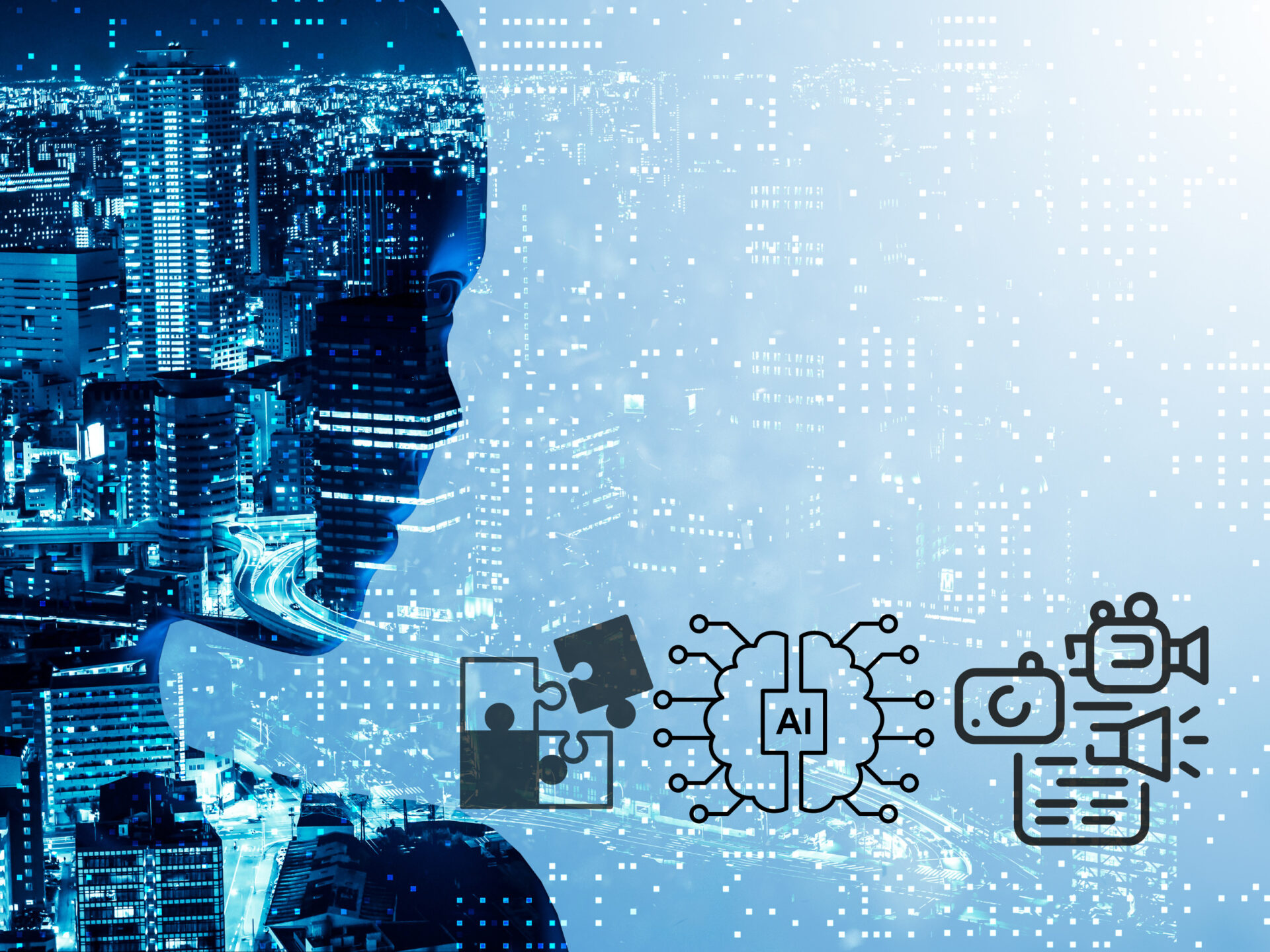How does A.I respond?
Recent developments in machine learning, deep learning, and natural language processing have accelerated the evolution of artificial intelligence (AI) answering systems. AI is getting better at comprehending and producing human-like answers to many types of questions, offering insightful data, and having meaningful discussions. This article will examine how AI responds to queries and go through the underlying technology and methods that enable it.
NLP:
Natural language processing (NLP), a field of artificial intelligence that aims to make computers understand and process human language, is at the heart of AI responding systems. In order to extract pertinent information and produce suitable responses, NLP algorithms analyse the structure and meaning of text or voice. To analyse and comprehend the input text, these algorithms make use of techniques including parsing, part-of-speech tagging, named entity recognition, and sentiment analysis.
Rule-based systems are a popular strategy in AI responding systems. These systems are composed of predetermined rules and patterns that direct the comprehension and production of responses. Rules may be created manually by subject-matter specialists or artificially by machine learning algorithms. Rule-based systems perform well in particular domains where the information is well defined, but they may have trouble responding to ambiguous or sophisticated questions that don't fit inside their rule set.
AI responding systems have advanced significantly thanks to machine learning approaches. Large datasets of question-answer pairings can be used to train supervised learning algorithms, which enables the model to learn patterns and relationships between questions and suitable answers. These frequently neural network-based models can then produce answers based on the observed patterns. When students come with questions or subjects that considerably deviate from the training material, they could run into difficulties.
Unsupervised learning, which involves training models on significant volumes of unannotated data to find patterns and structures within the data, is another crucial technique. Unsupervised learning enables AI systems to discover correlations between words, sentences, and ideas as well as relevant facts, allowing them to produce more accurate and contextually appropriate responses.
Deep Learning and RNN:
The capabilities of AI responding systems have substantially improved thanks to deep learning, a branch of machine learning. Deep learning models, in particular deep neural networks, have the capacity to learn hierarchical data representations, capturing intricate patterns and correlations. Recurrent neural networks (RNNs) and transformer models, such as the Transformer architecture, have been effectively used for natural language interpretation and generation tasks, allowing AI systems to produce more coherent and contextually appropriate responses.
Many AI answering systems use methods like knowledge graph integration and information retrieval to increase their efficacy and accuracy. Massive amounts of text or structured data are indexed and searched using information retrieval techniques in order to identify relevant material that can be utilised to respond to queries. On the other hand, knowledge graphs link entities and their relationships to organise information in an organised manner. AI responding systems may access a vast reservoir of structured knowledge and give more thorough and accurate answers by integrating knowledge graphs.
Additionally, to improve their responses, AI answering systems frequently use context-awareness and sentiment analysis. Sentiment analysis enables machines to produce responses that are in line with the emotional context of the user by assisting them in comprehending the emotional tone and sentiment underlying the input text. AI systems with context awareness can take into account the current environment and previous interactions, resulting in more logical and pertinent responses.
It is important to note that AI response systems have limits and are not perfect. They rely significantly on the accuracy and completeness of the training data, and biases in the data can affect how the system responds. Additionally, since these frequently require a deeper understanding of human culture and context, understanding and generating responses in complex or nuanced scenarios, humour, or sarcasm can be difficult for AI systems.
Conclusion:
In conclusion, AI has enormous power and the ability to drastically alter a variety of facets of our life, including healthcare, money, entertainment, and education. It is a potent instrument that can assist us in resolving challenging issues and enhancing our lives because of its capacity to process enormous volumes of data, learn from it, and make predictions or decisions based on that information. However, it is essential to make sure that AI is created and applied in a morally righteous and responsible manner, with an emphasis on enhancing human capabilities and fostering accountability, transparency, and fairness. By doing this, we can make sure that AI stays a positive influence in the world.





0 Comments